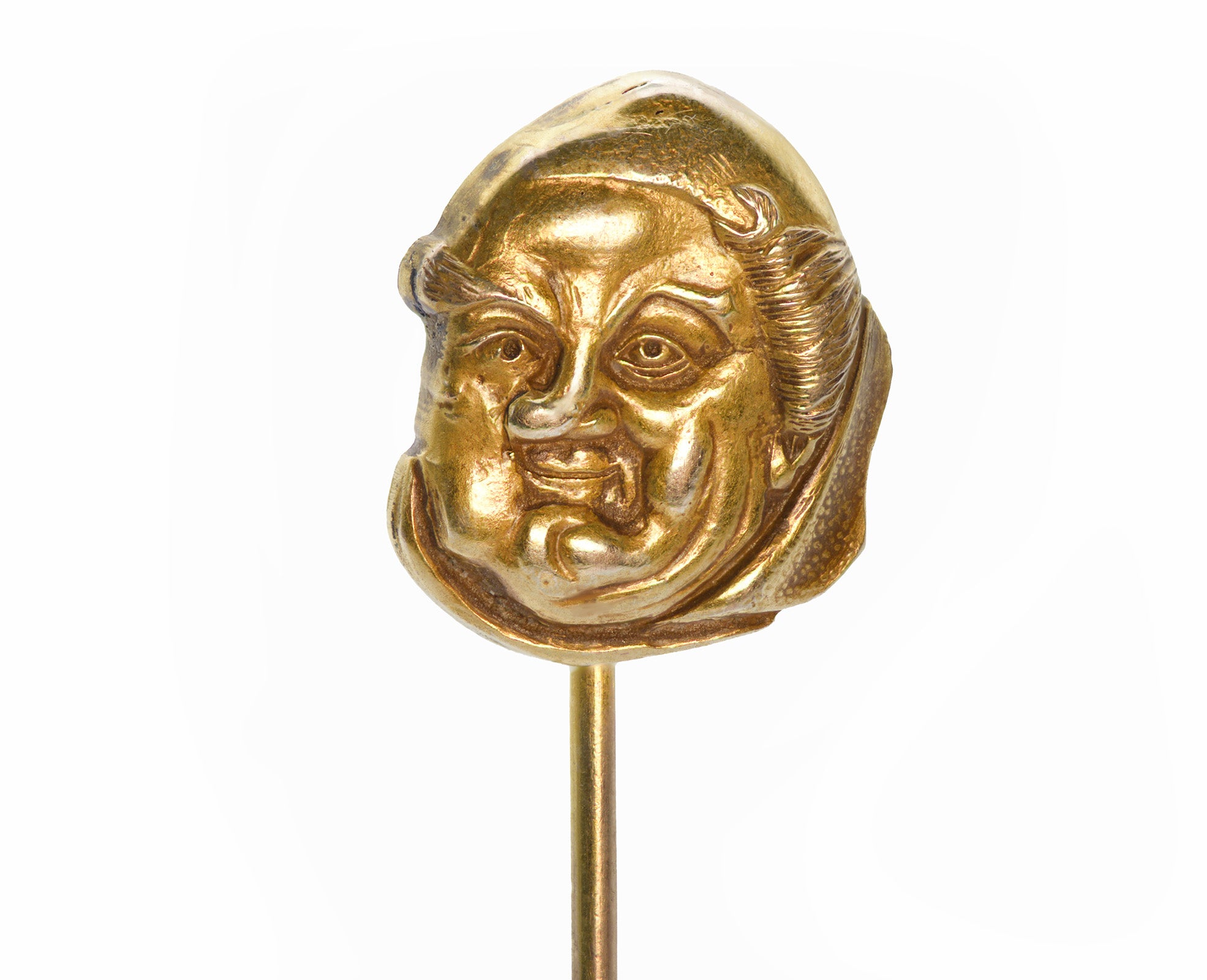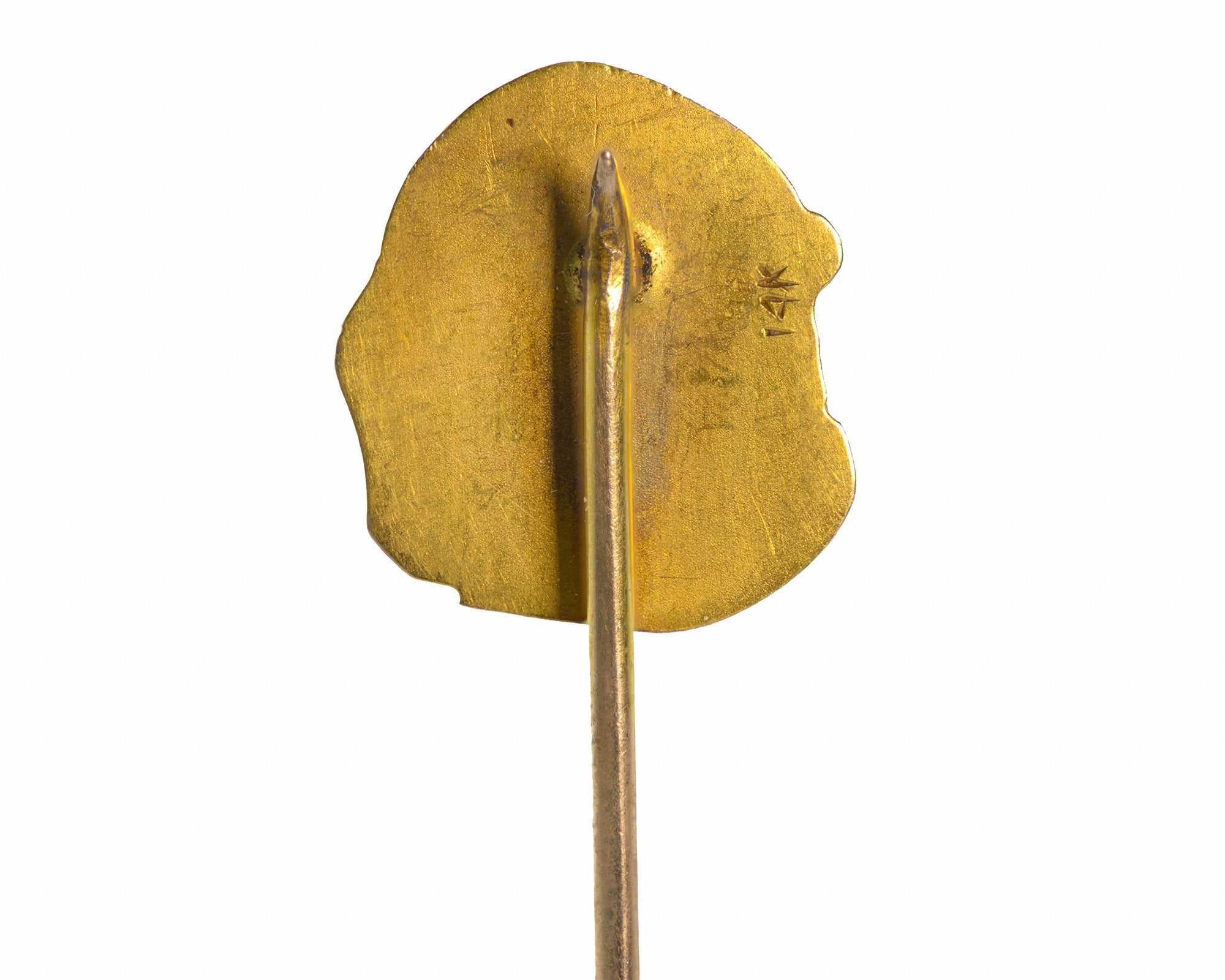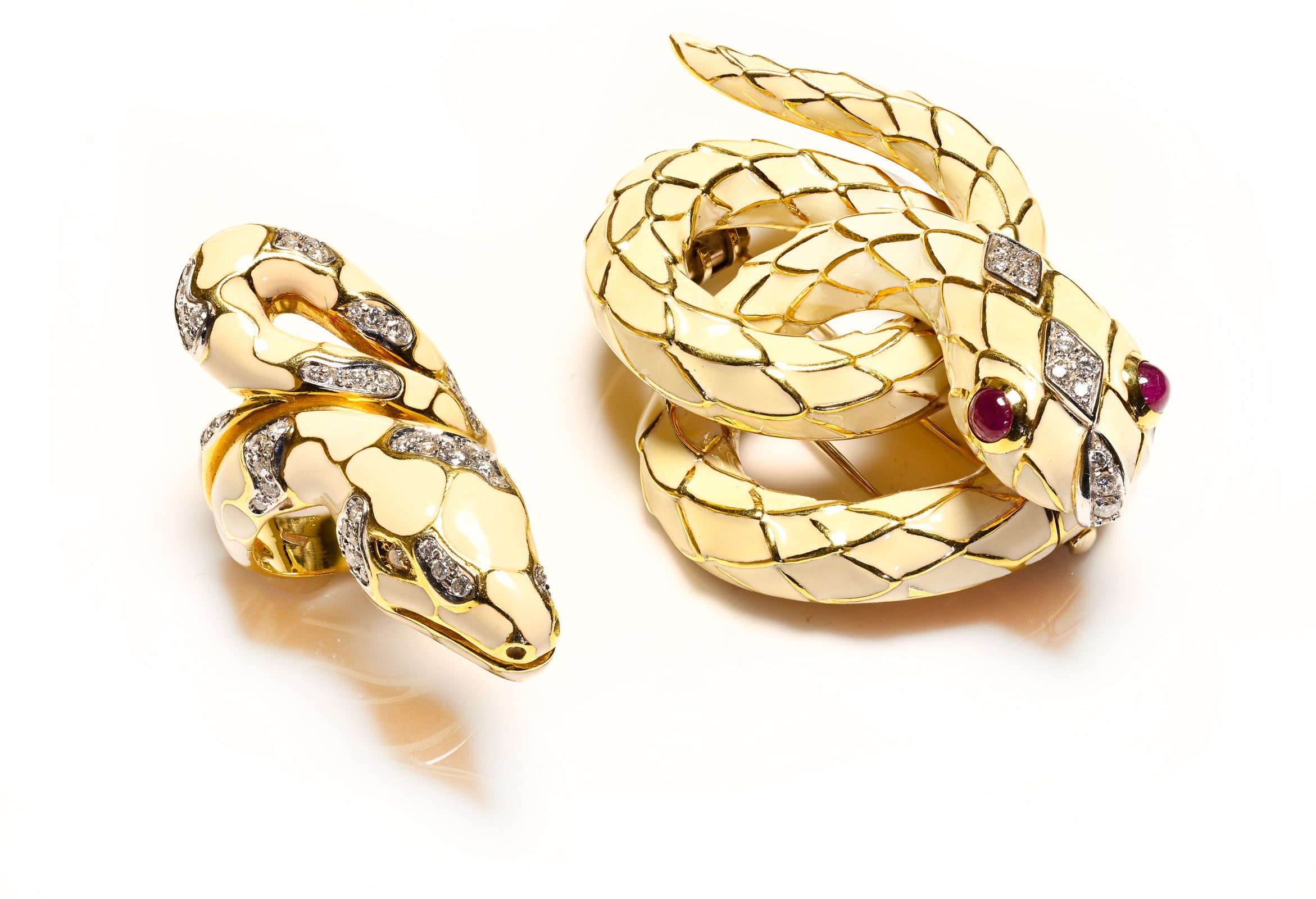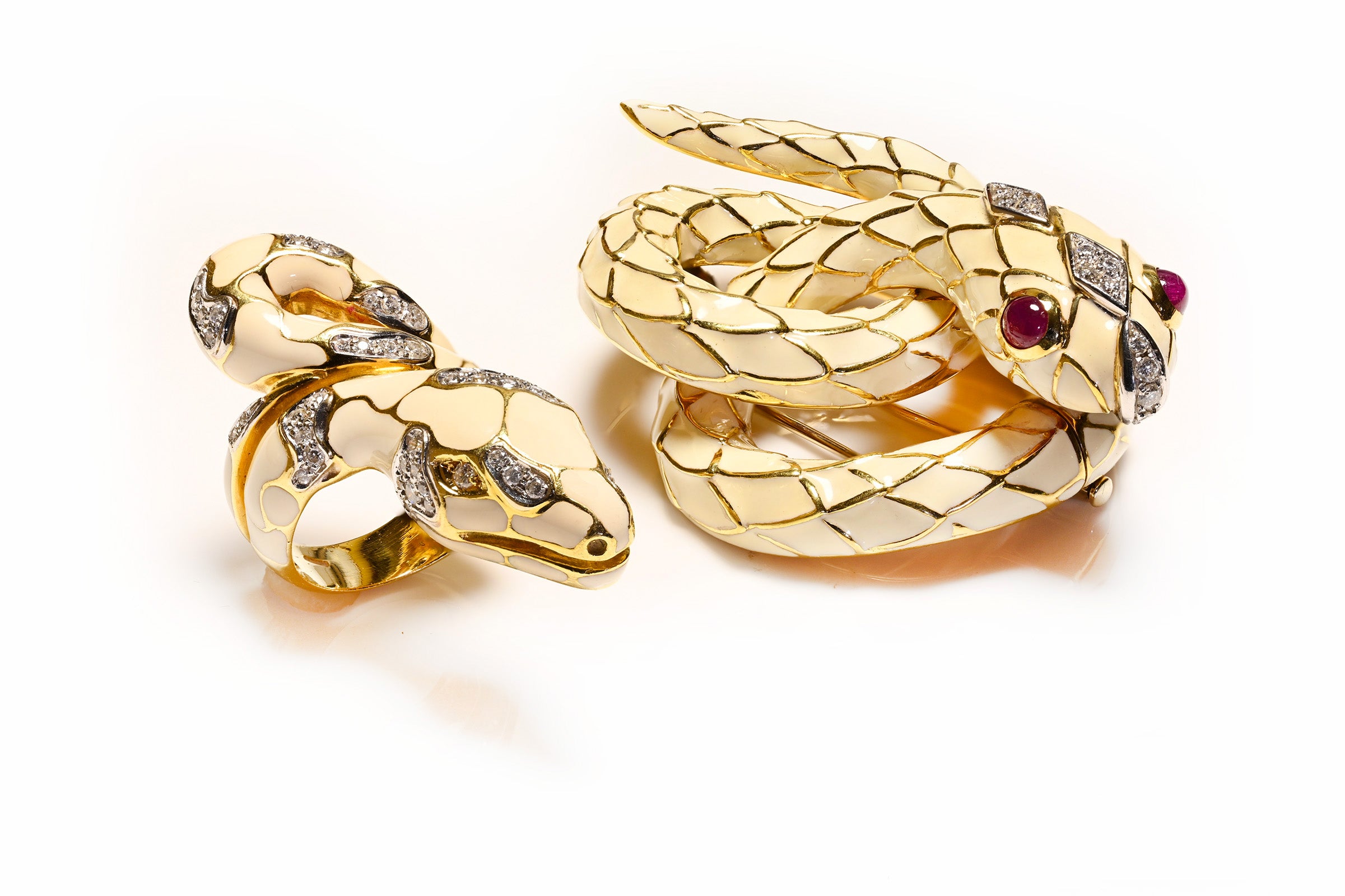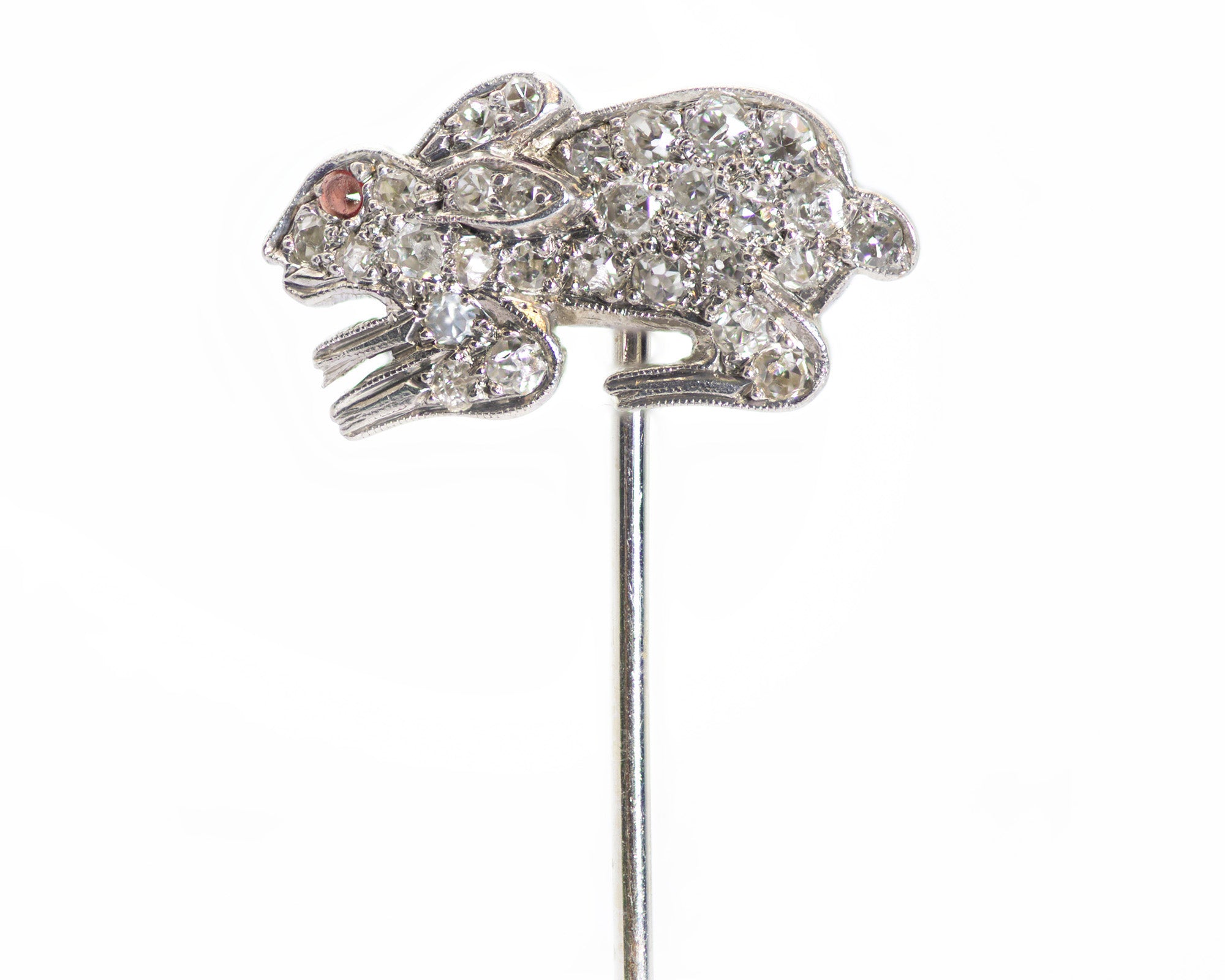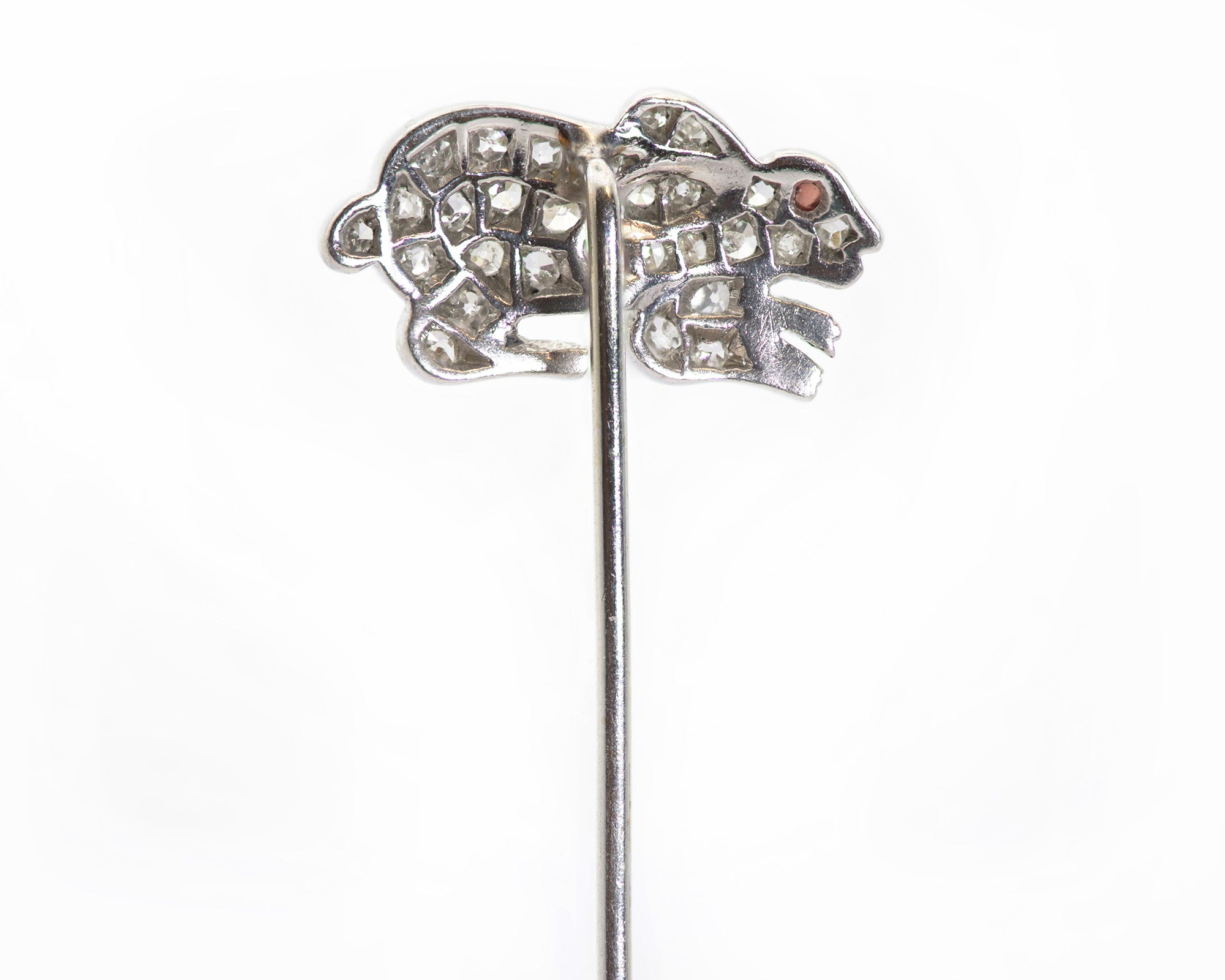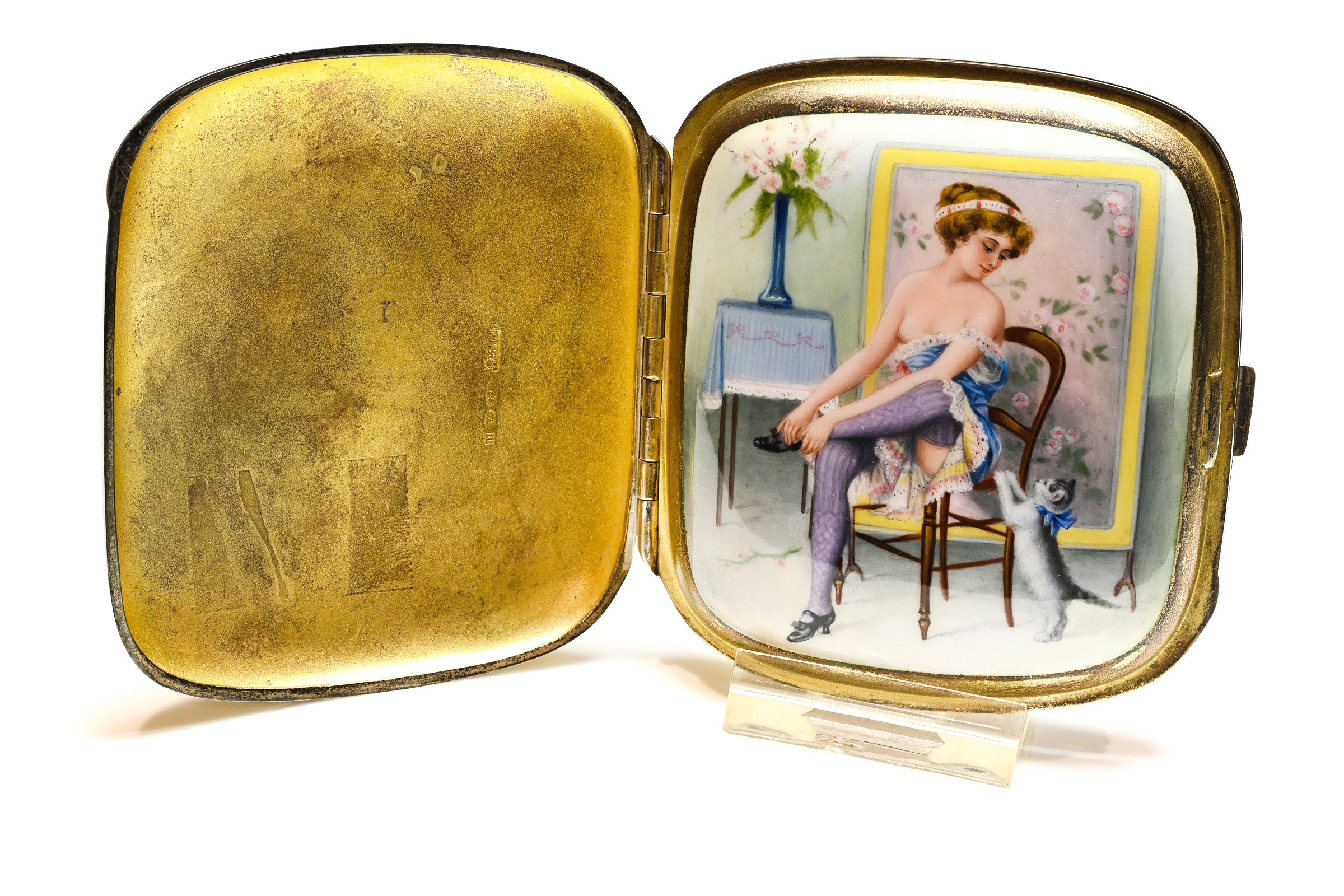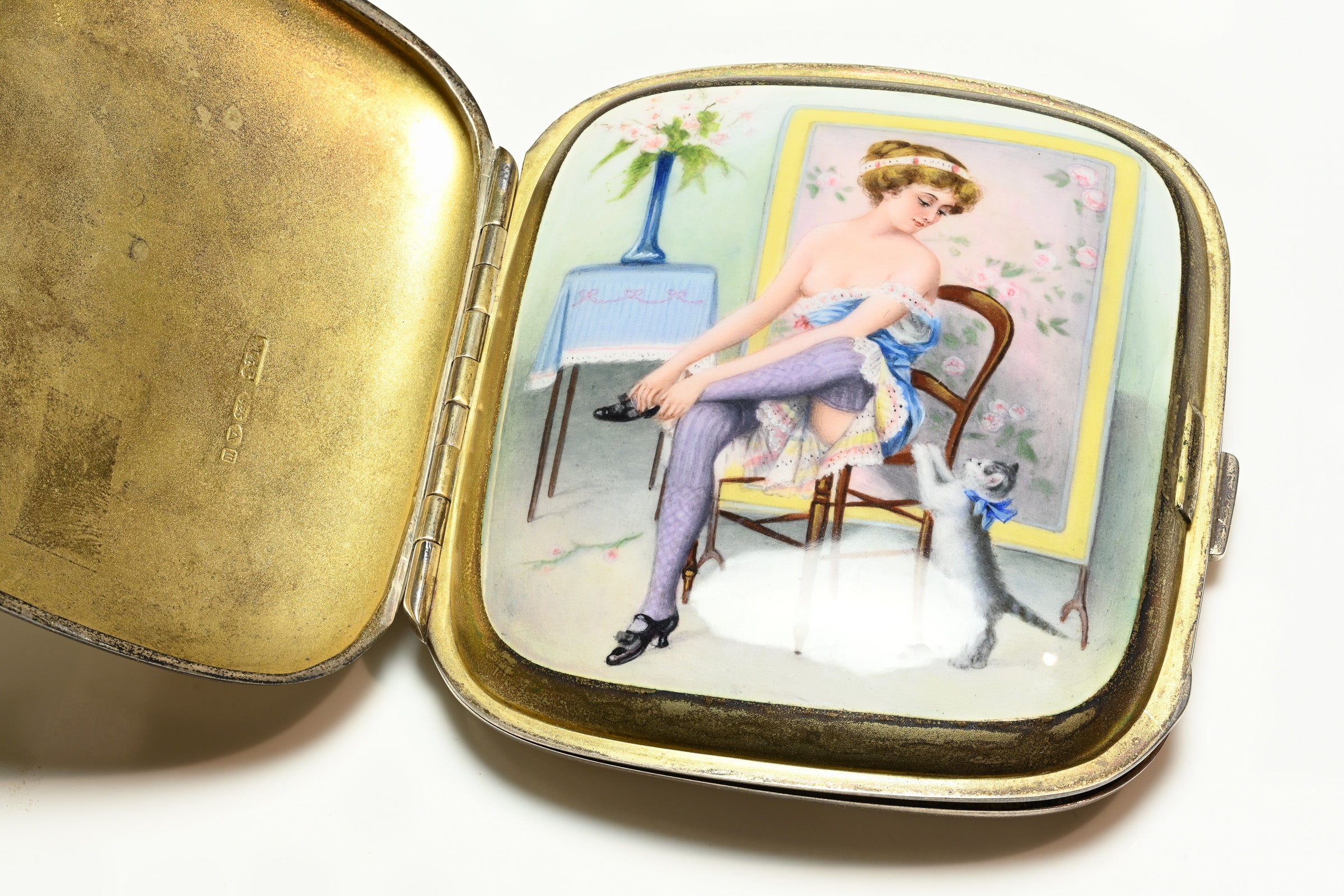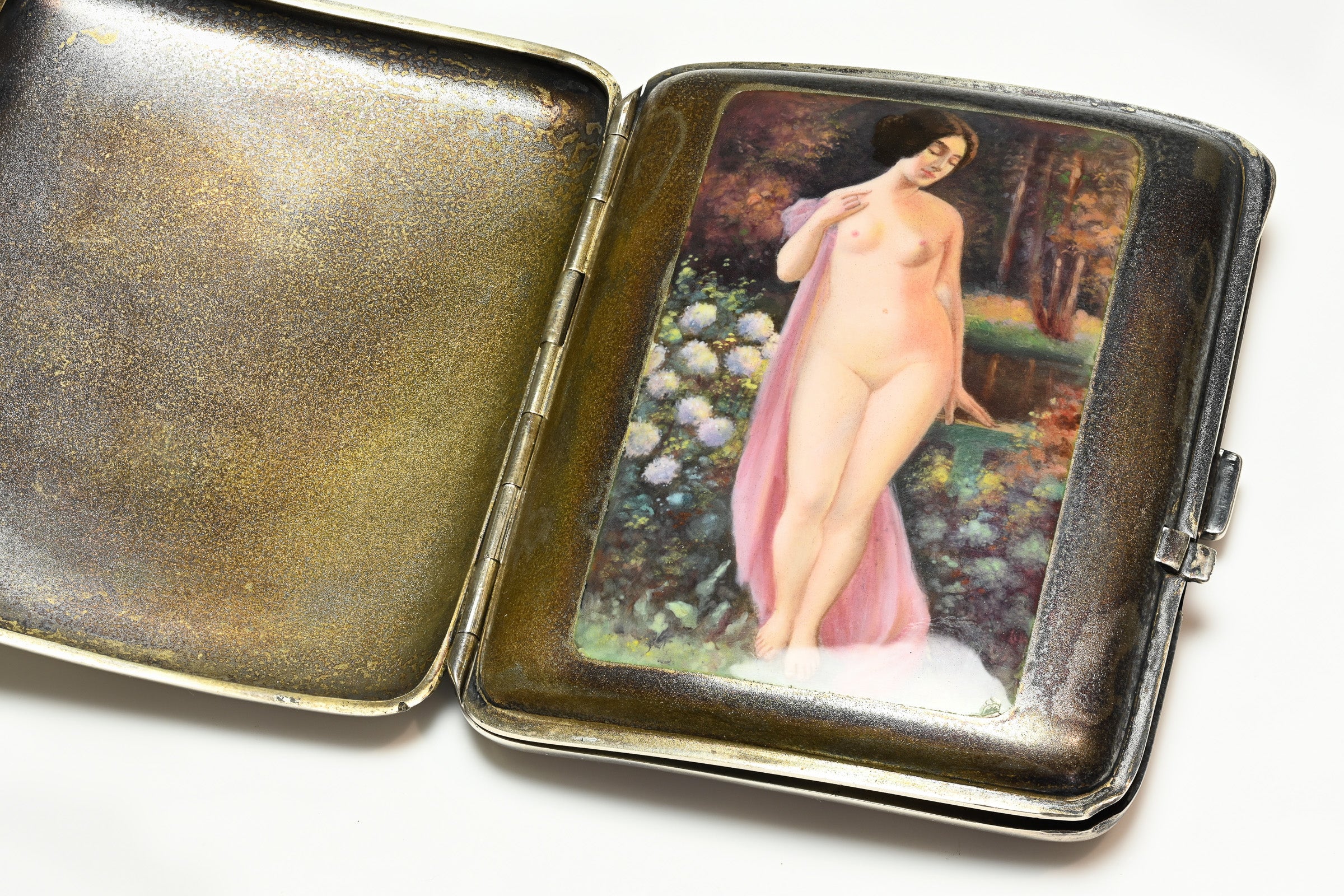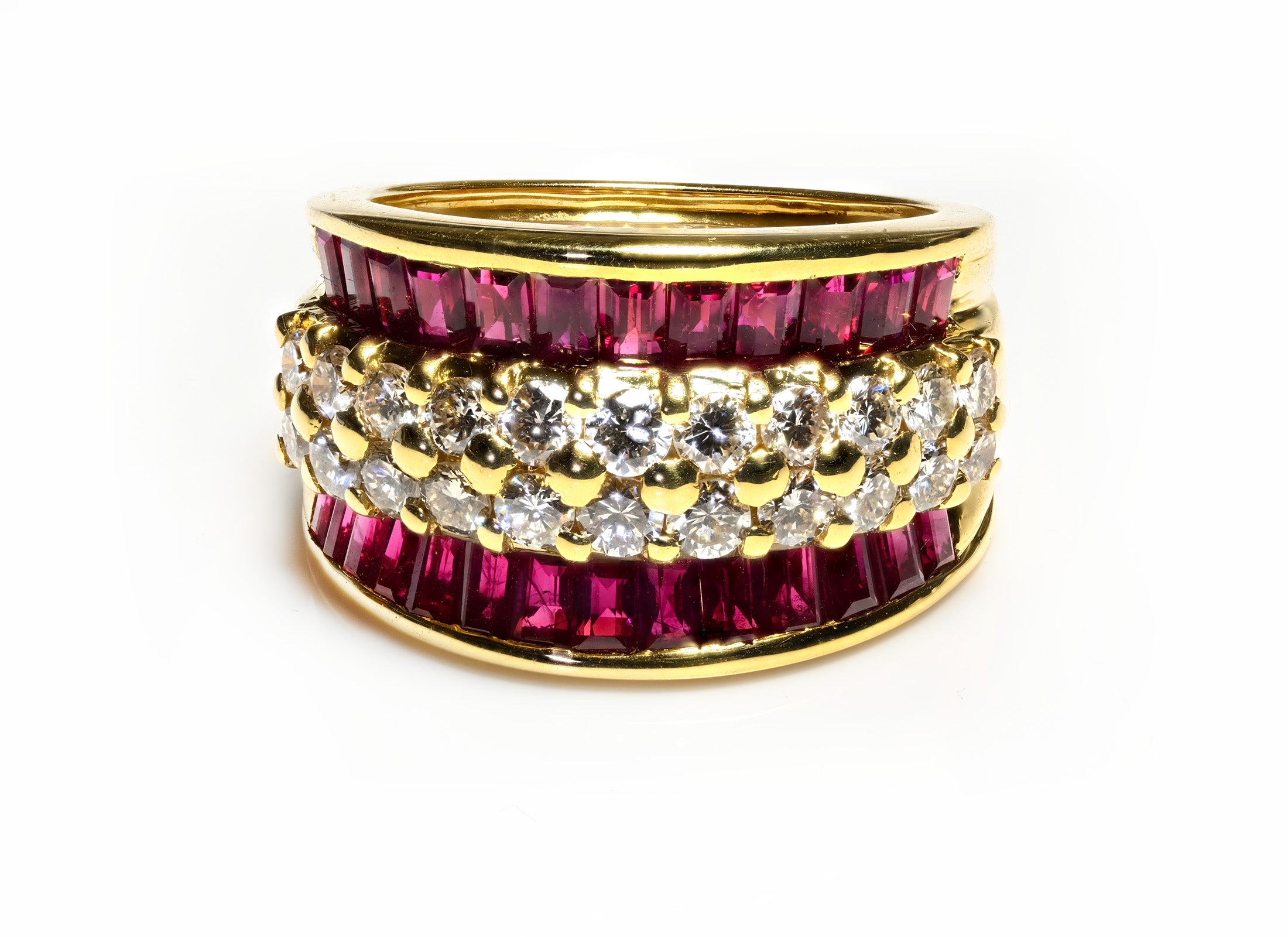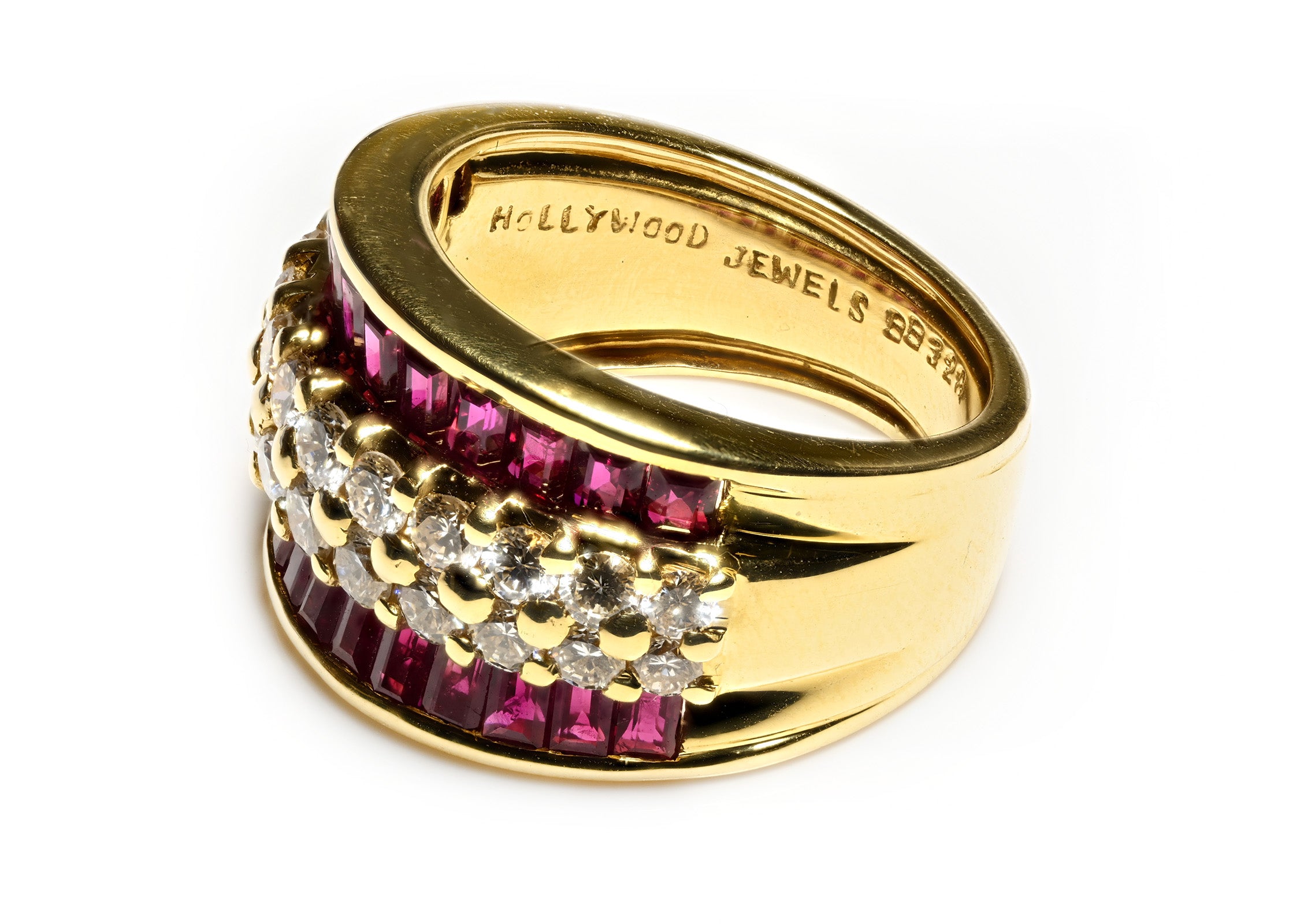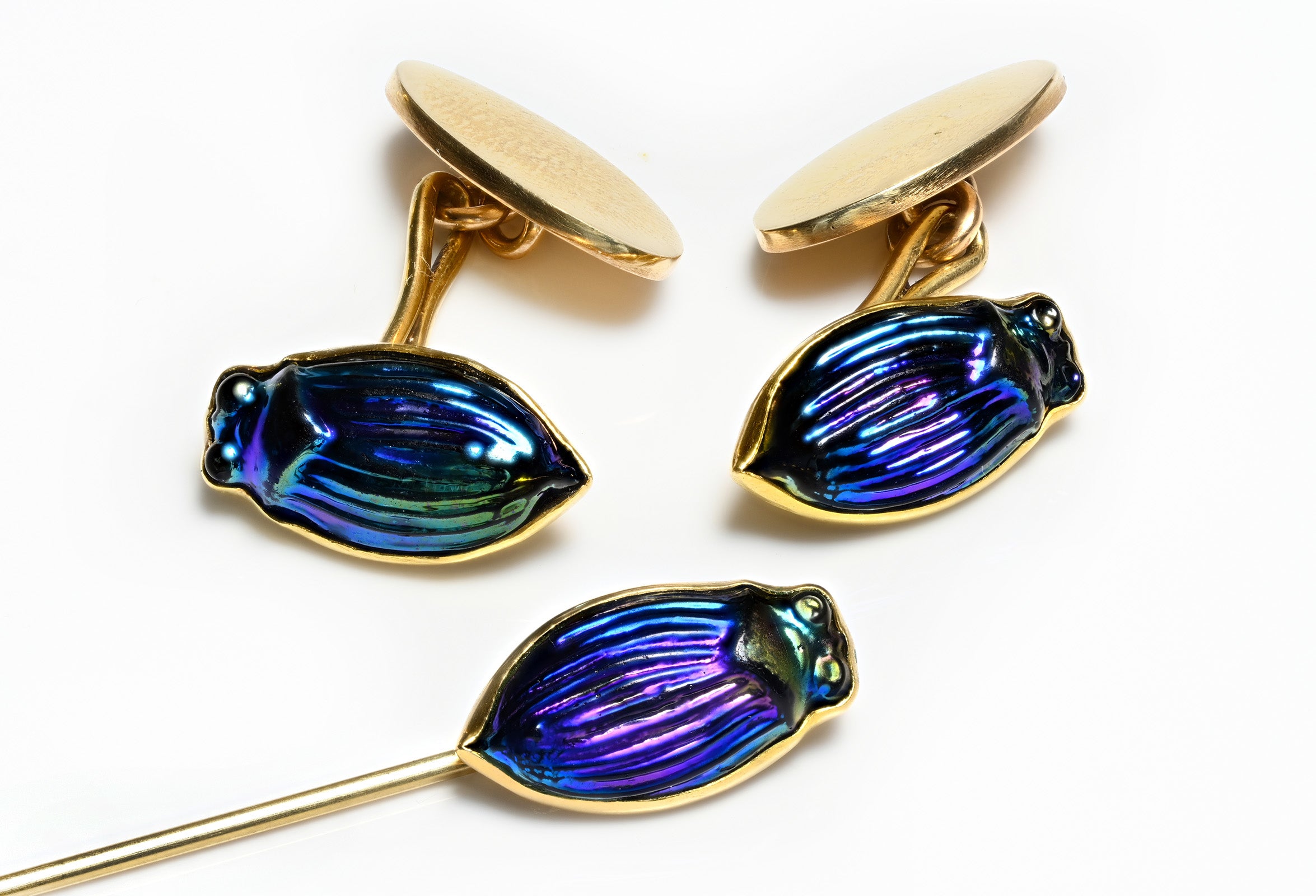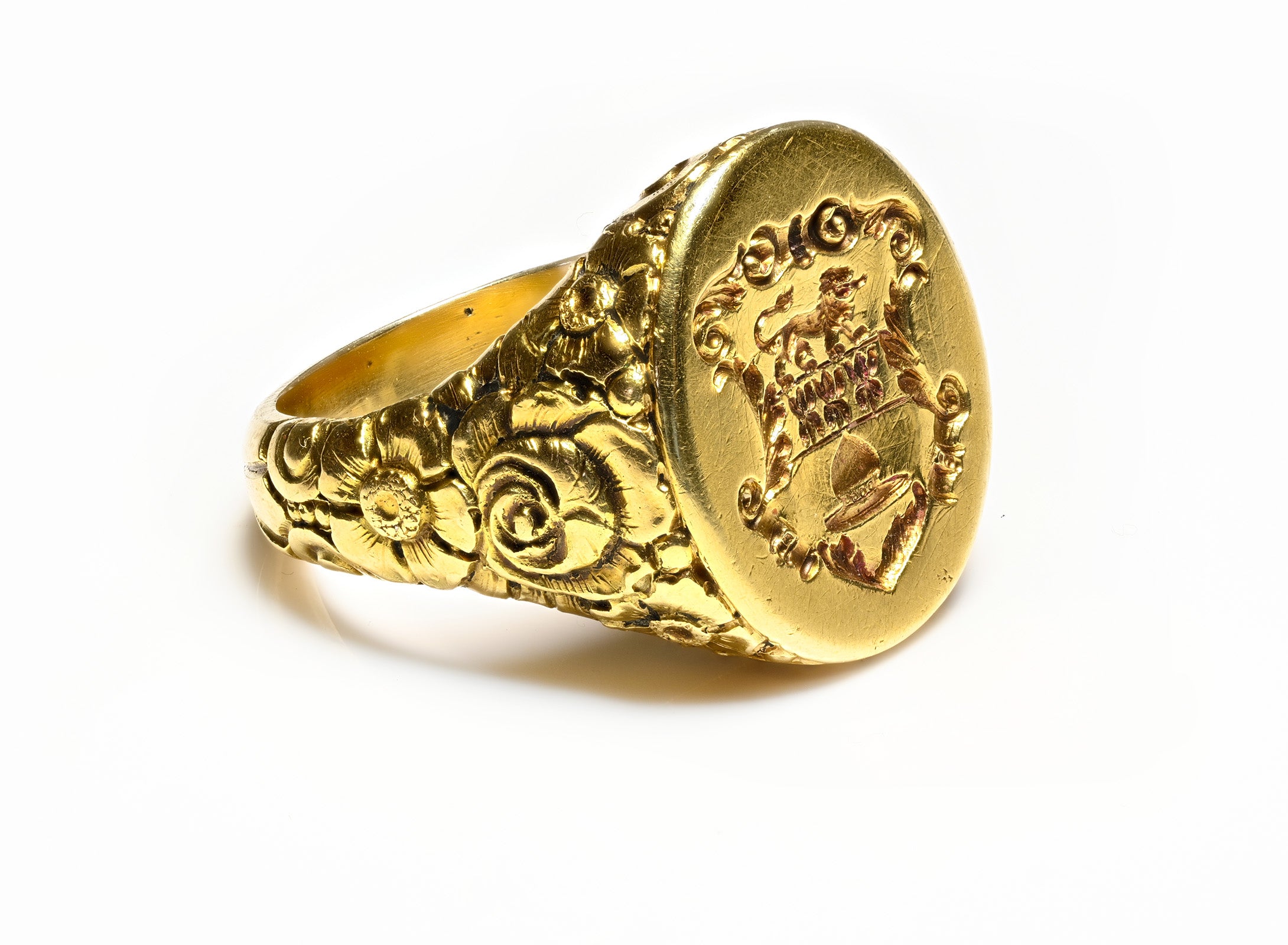
Royal Bloodline: King Charles’s Jewelry & Dracula Connection
The British actor Luke Evans, known for his roles in the series "The Hobbit" and "Dracula Untold", revealed that King Charles III told him he is related to Vlad the Impaler.
Who was Vlad the Impaler? A Romanian historical royal who later on became Bram Stocker's Dracula.
Speaking to The Jonathan Ross Show on ITV, Luke Evans (43 years old) talked about his meeting with King Charles went. It all took place in 2014 when Charles was Prince of Wales.
King Charles Confessed He Is Related To Dracula
The actor had just finished shooting for the film "Dracula Untold", in which he played the main role when he met the current monarch. King Charles revealed to him that he is related to the Romanian ruler Vlad the Impaler.
"I remember the first time I spoke to (Charles), I was super nervous.
He came up to me and said, ‘What are you working on at the moment?’ and I said, ‘I’ve just finished a movie about Vlad Tepes who turns into Dracula.’
And he went ‘Funnily enough, I’m related to Vlad Tepes.’ I thought he was joking! He went through his lineage to Vlad."
King Charles's Connections With Romania. Who Was Vlad The Impaler?
In fact, a few years ago, the former Prince of Wales declared in the documentary "Wild Carpathia" that he is a "descendant of Vlad the Impaler, according to his bloodline."
Vlad III, commonly known also as Vlad the Impaler, was born in Sighisoara, in Transylvania in 1431, and later being the ruler of Wallachia. His father, Vlad the Dragon, was a knight in the Order of the Dragon.
According to Wikipedia, the symbol of the Order was a dragon, and the purpose of the Order was to defend Christianity and the crusade against the Ottoman Turks. Due to his membership in the Order of the Dragon, Vlad the Impaler's s father was nicknamed Draco, after the Latin name of the Order of the Dragon (Draco).
Vlad III was admitted to the Order of the Dragon in Nuremberg, in 1431, by Sigismund of Luxemburg. In 1436, however, his name was deleted from the list of knights of this order, because in 1432, only one year after the ennoblement, Vlad III Dracul personally led the Turks who besieged and burned the Severin Fortress, killing all the Teutonic knights in the fortress, who were fighting against the Ottoman danger.
Also in 1432, cunningly using the title of knight of the Order, Vlad III Dracul ordered the opening of the gates of the Caransebes Fortress, which was set on fire and looted by the same Turks led by him.
The nickname The Impaler was attributed to Vlad as legends say that he killed thousands of people – mainly through impalement – in his lifetime.
Irish author Bram Stoker then used the title of Dracula - son of the dragon - for the title of his famous novel in the 19th Century.
The Romanian ruler was chosen by the writer Bram Stoker as the main hero of the novel "Dracula", in 1897. Since then, Dracula and Transylvania - presented as the land that houses the mysterious castle with vampires have become the subject of more than 750 films, documentaries, or short stories inspired by the Irish writer's novel.
Royal Bloodlines and the Significance of Royal Jewelry
While King Charles's connection to Vlad the Impaler draws intrigue, his role as a modern-day monarch is also reflected through his jewelry, a symbol of both his lineage and the continuity of the British royal family. Royal jewelry, like signet rings, crowns, and ceremonial jewels, has long been used to represent royal bloodlines.
For example, King Charles III's signet ring, often worn on his pinky finger, is not only a symbol of royal power but also a nod to the tradition passed down through generations. This type of jewelry has been worn by European royalty for centuries, symbolizing family heritage, rank, and power. Signet rings with crests or coats of arms link the wearer to historical figures, including monarchs like Vlad the Impaler.
Royal jewels, such as the crowns worn during coronation ceremonies, also carry this historic weight. The Crown Jewels of the United Kingdom, including the famous Imperial State Crown, feature gemstones with historical significance, some of which may have even been passed down through connections to foreign royal families.
Such jewels serve as a tangible connection to the history and power associated with monarchies across Europe, reinforcing the weight of royal bloodlines, including the surprising link to Vlad the Impaler.
Cover Photo Credit: The Royal Family / Facebook



